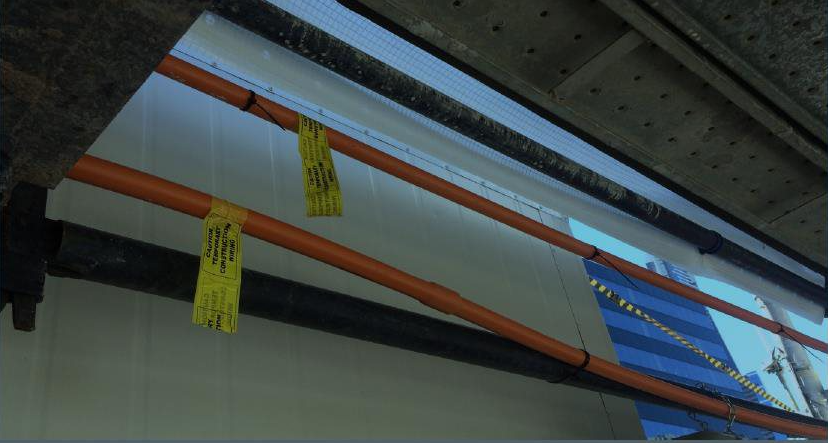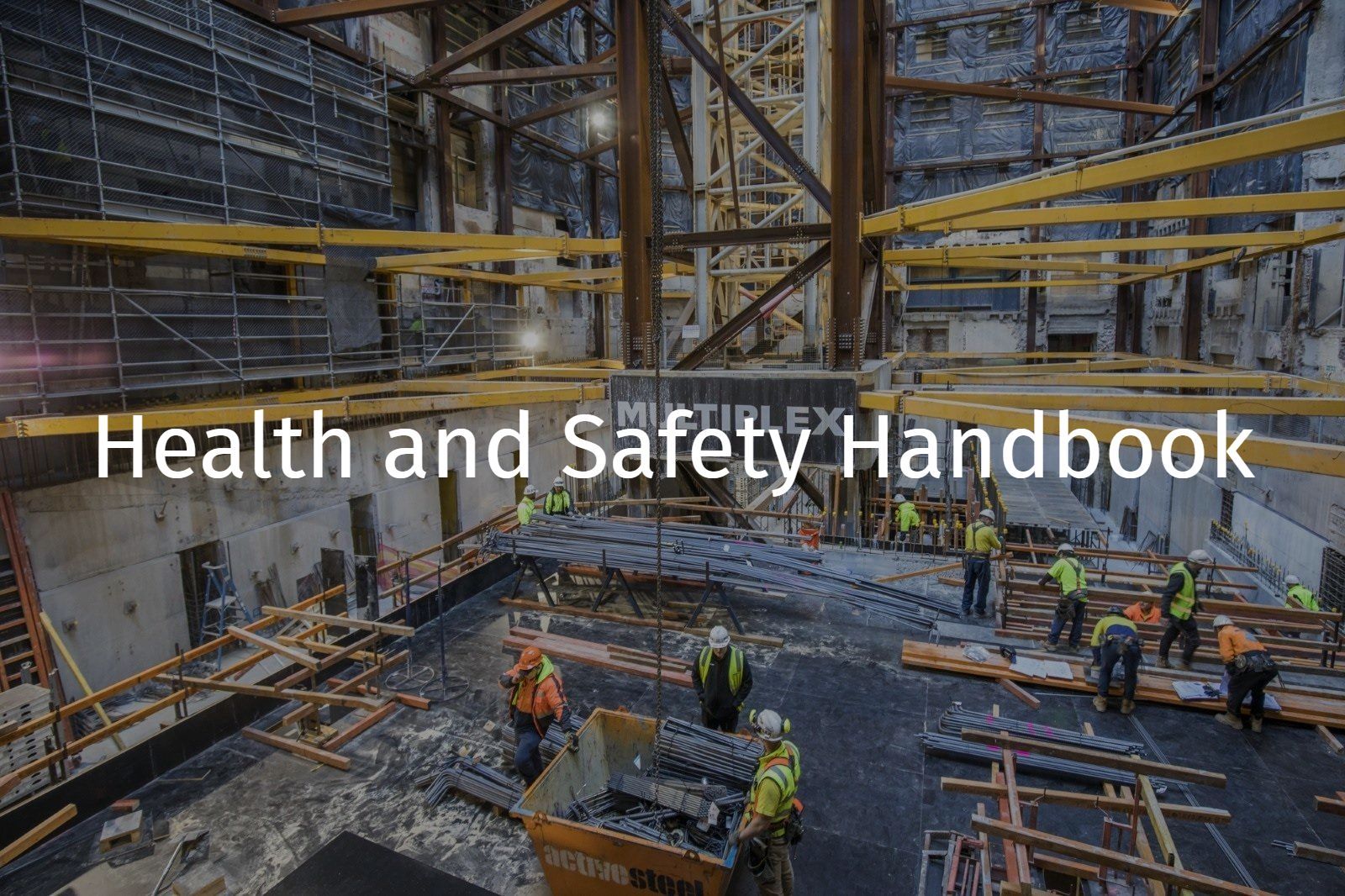Temporary Construction Wiring
References: R Record keeping requirement | E An engineering/certification requirement | P A permit to work requirement | S A safe work method statement (SWMS) / written plan
Operational
Temporary construction wiring must:
- Be insulated
- Not be tied, bundled, or grouped with permanent wiring
- Not be fixed to free standing fences that have no fixed posts (or equivalent means of support)
- Be protected against mechanical damage (using medium or heavy duty or corrugated conduit of insulating material, armoured cable, or flexible electrical hose)
- Be marked with iridescent yellow tape with the words 'construction wiring' spaced at intervals not exceeding 5m, and readily distinguishable from permanent wiring
- Be positioned to avoid crossing roadways or access ways where cranes, high loads or heavy machinery may travel. If this is not possible, an effective means to minimise the risk of vehicular contact with the overhead wiring system should be provided (such as insulated flagged catenary wires 6m on either side of the overhead wiring and 0.6m below the lowest point of the overhead electrical cable).
- Be inspected, tested and certified (i.e. Electrical Safety Certificate, including switchboards and wiring within transportable structures) by a licensed electrician
- Before connection to the mains supply and whenever alteration, additions and/or repairs are carried out.
- With testing that covers earth continuity, insulation resistance, polarity, correct circuit connections, earth fault loop impedance and operation of RCD and follow the requirements of AS/NZS 3000.
- In accordance with Plant and Equipment Inspection Schedule
Note: Construction wiring may be installed along fences, where permitted, provided the fence is permanent (not temporary wire or security fences), in good condition and secure. The wiring must be:
- Mechanically protected even if unlikely to be damaged during construction work
- Run along the top (or top rail), securely fixed and clearly identified
- Disconnected and removed at completion of construction work.
- If appropriate, consider placing signs on the back of the fence to warn of live wiring.
VIC, NSW and QLD - Examples where the installation of construction wiring would require mechanical protection:
- On any surface within 2.5m of the floor or ground level
- On any surface and within 150mm of, or attached to, scaffolding
- On formwork decks
- Under a concrete ceiling slab more than 150mm away from the juncture of the ceiling slab and a wall or beam that would otherwise provide protection
- Within 150mm of unearthed metal structures being installed as part of the construction process (e.g. sheet metal ducts and hydraulic piping)
- Across the top of transportable structures, storage containers, shipping containers or the like
- Across or over metallic roofs or edges

Document Control
Version 1 August 2019 – New Standard







